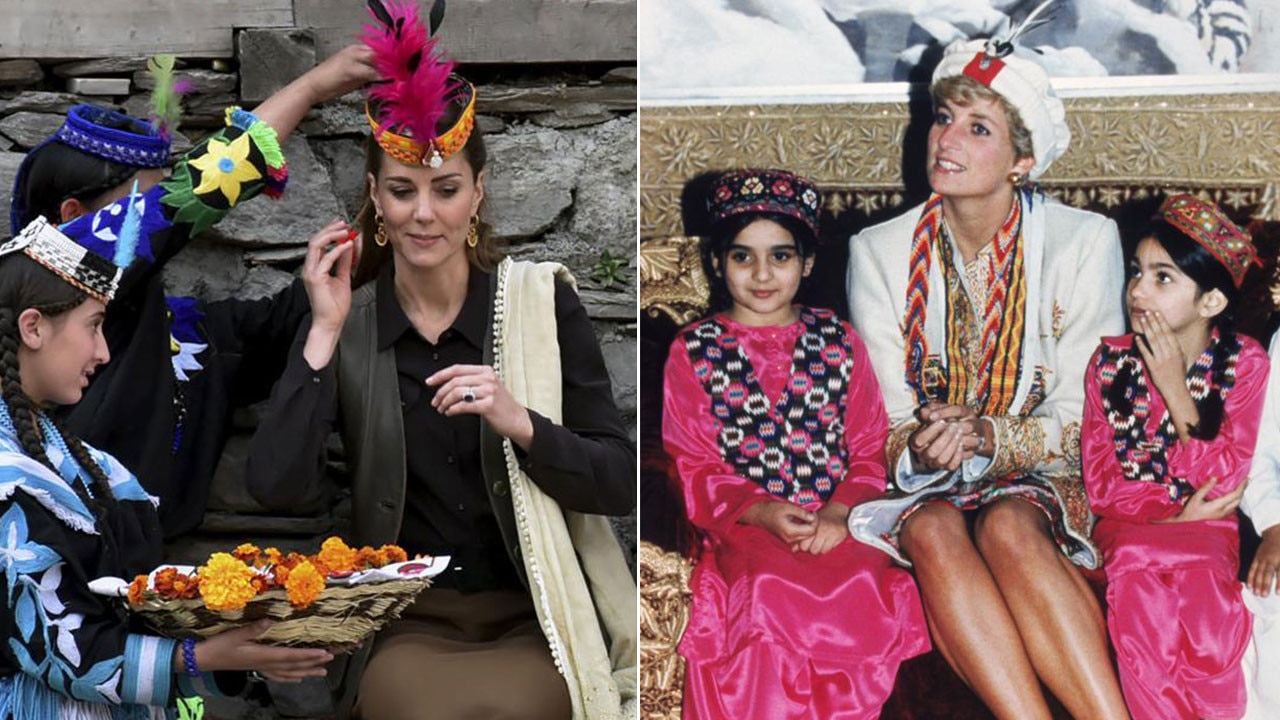Marlon Brando narrates life film outlining a genius beset by demons
Eleven years after his death, Marlon Brando has narrated a ground-breaking film that sheds light on his life.

Eleven years after his death, Marlon Brando has narrated a ground-breaking film that sheds light on his life.
Listen to Me Marlon, made by an acclaimed British documentary team, pieces together a portrait of one of Hollywood’s greatest but most enigmatic talents from about 300 hours of previously unexplored private audio recordings that he made over six decades.
His voice, instantly familiar from a string of classic films including On The Waterfront, The Godfather and Apocalpyse Now, provides the narration, and the documentary features an otherworldly digitally generated Brando head that the actor commissioned in the 1980s.
Brando was one of the pioneers of modern screen acting, yet by the time of his death, aged 80, in a hospital in Los Angeles in 2004, he was known almost as much for his tumultuous private life and erratic behaviour as for his performances.
Two years ago his estate approached the film producer John Battsek to make a film in time for the 10th anniversary of Brando’s death, offering him the run of the actor’s vast archive of script notes, intimate confessions, biographical reminiscences, ruminations on his craft, attempts at psychoanalysis and exercises in self-hypnosis.
It was an offer that Mr Battsek could not refuse. The producer, whose previous work includes the Oscar-winning documentaries One Day in September, about the Munich hostage crisis during the 1972 Olympics, and Searching for Sugar Man, about the forgotten musician Sixto Rodriguez, hired Stevan Riley, another Briton, to direct.
Riley came up with the concept of telling the entire story in Brando’s words once he heard how frank the recordings were. The actor describes himself at one point as “a troubled man, alone, beset with memories”. He talks about Shakespeare, boxing, Hollywood, civil rights, his love of Tahiti and the pain of his upbringing.
“He never gave those kinds of interviews in real life,” Riley said. This is “Marlon solving his own contradictions ... I wanted to reveal Brando the actor and Brando the man but also the things that were important to him and the ideas that motivated his art”.
Avra Douglas, a trustee of the Brando estate who was a family friend, said that it was an emotional experience to hear his voice again. Brando’s daughter Rebecca walked out of the first screening of the film at the Sundance Film Festival earlier this year, where it premiered to great success. “I went out to find her and she was sitting outside, sobbing her eyes out because it was too emotional and difficult,” Battsek said. “She was sitting in the company of her father for the first time in a decade, watching and listening to him go through the travails of his life.”
The film will be shown at the Melbourne International Film Festival on Saturday.
Born in 1924, Brando’s childhood in Nebraska and Illinois was blighted by his mother’s alcoholism — he once found her naked in a bar — and the brutality of his father, an insecticide salesman. He rebelled at school and found redemption of a sort through acting after moving to New York and becoming a devotee of the “method” school.
On stage his explosive, swaggering performance in Tennessee Williams’ 1947 play A Streetcar Named Desire was hailed as a landmark moment in American theatre. He won his first Oscar in 1954, playing a boxer who “coulda been a contender” in On the Waterfront. He won a second Academy Award in 1972 as Don Vito Corleone in The Godfather.
In his later years, Brando became mired in personal tragedies. In 1995 his daughter Cheyenne, 25, killed herself in Tahiti, the Pacific island where Brando had made Mutiny on the Bounty in 1962.
Five years earlier his son Christian was jailed for manslaughter after admitting shooting dead Cheyenne’s fiancee in Brando’s Hollywood Hills mansion.
Brando “was forever looking for meaning and philosophising about life”, Riley said. Yet he “ended up in a position where his life unravelled and became more of a mess than you could ever imagine.”
The Times


